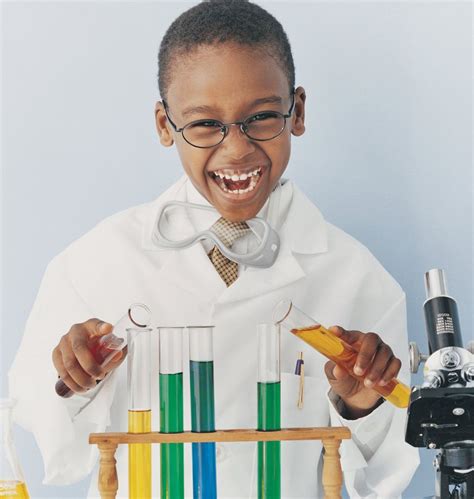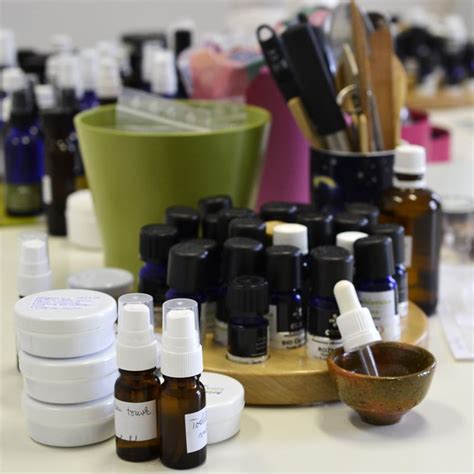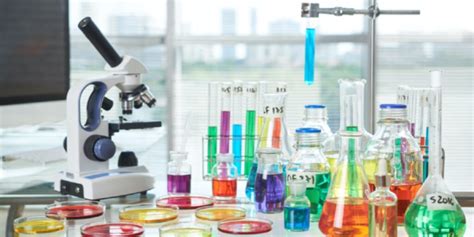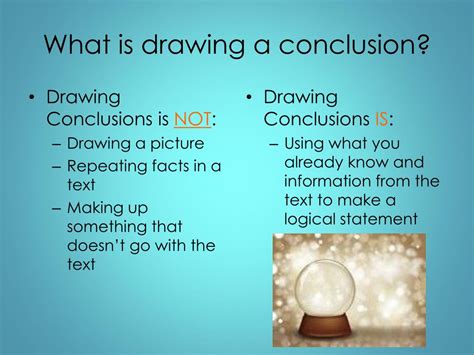Breaking News


Popular News


Learn how to conduct a scientific experiment at home from choosing the right experiment to sharing results. Gather materials, set up, record, and draw conclusions.Are you interested in conducting a scientific experiment from the comfort of your own home? Whether you’re a student looking for a fun project, a parent wanting to foster a love for science in your children, or simply a curious individual eager to explore the world around you, this blog post is for you. In this guide, we will walk you through the step-by-step process of how to conduct a scientific experiment at home. From choosing the right experiment to gathering necessary materials, setting up the experiment, recording and analyzing data, and finally drawing conclusions and sharing results, we’ve got you covered. With these simple yet comprehensive instructions, you can embark on an exciting scientific endeavor right in your own kitchen, backyard, or living room. Get ready to unleash your inner scientist and uncover the wonders of experimentation right at home.

When conducting a scientific experiment at home, it’s important to start by choosing the right experiment that both interests you and is feasible with the materials and equipment you have on hand. Consider your scientific interests and identify a topic that you are curious about. Whether it’s testing the effect of different fertilizer on plant growth or exploring the behavior of magnets, make sure the experiment is safe and can be conducted within your home environment.
Once you have a few ideas in mind, make a list of the necessary materials and equipment you will need for each experiment. Are these materials easily accessible to you, or can you find alternatives to use? Do some research to ensure that the experiment has not already been done, and if it has, consider how you can adjust it to make it your own.
It’s also helpful to consider the time and resources you have available for the experiment. Some experiments may require a longer period of time to observe results, while others may need specific tools and equipment that you may not have. Choose an experiment that is realistic for your situation and that you can realistically conduct at home.

When conducting a scientific experiment at home, it is essential to gather all the necessary materials before starting. First, make a list of all the items you will need for the experiment. This may include measuring tools, containers, chemicals, or any other specific items relevant to your experiment.
Once you have your list, check your home to see if you already have any of the items on hand. It’s always better to use items you already have before purchasing new ones. For the items you don’t have, create a shopping list to ensure you have everything on hand before starting your experiment.
Another important aspect of gathering necessary materials is ensuring they are of good quality. Check expiration dates on chemicals, make sure measuring tools are accurate, and ensure containers are clean and free from any residue that could affect the experiment.

Setting up the experiment is a crucial step in the scientific process. Before beginning, make sure you have gathered all the necessary materials, including equipment and ingredients. Once you have everything you need, find a clean and well-lit workspace to set up your experiment. It is important to follow any specific instructions or guidelines provided in your experiment procedure to ensure accurate and reliable results.
After finding the appropriate workspace, begin organizing your materials and equipment on a flat surface. It is helpful to use a table or countertop to keep everything organized and easily accessible. Take your time to arrange everything in a way that makes sense for the experiment you are conducting. This will help you to navigate the setup process with ease and efficiency.
As you set up the experiment, it is important to keep safety in mind. Ensure that all hazardous materials are handled properly and that safety equipment, such as gloves or goggles, are readily available if needed. If you are working with chemicals, be sure to carefully read all safety precautions and follow them accordingly.

Once you have set up your experiment and gathered all the necessary materials, it’s time to start recording and analyzing the data. This step is crucial in the scientific method as it allows you to draw conclusions based on the evidence collected during the experiment.
First, make sure to record all your data in a organized manner. This can be done using a notebook, spreadsheet, or any other method that works for you. Include all the observations, measurements, and any other relevant information that you have collected throughout the experiment.
After recording the data, it’s time to analyze it. Look for any patterns, correlations, or trends that may be present in the data. This can involve using mathematical calculations, graphs, or statistical analysis to make sense of the information you have gathered.
Remember to be thorough in your analysis and to consider any potential variables or errors that may have affected the results. Properly interpreting and understanding your data is essential in drawing accurate and meaningful conclusions from your experiment.

Once you have completed your experiment and gathered all the necessary data, it is time to draw conclusions based on your findings. Take a close look at the data you have collected and analyze the patterns or trends that emerge. If your experiment was successful, you should be able to clearly see the impact of the variables you were testing. Be sure to document your findings in a clear and organized manner so that they can be easily understood by others.
After drawing conclusions, it is important to share your results with others who may be interested in your experiment. This could include classmates, teachers, or even the broader scientific community if your experiment is particularly ground-breaking. You can create a report or presentation that outlines your experiment, methodology, findings, and conclusions. By sharing your results, you contribute to the collective body of scientific knowledge and open the door for potential collaboration and further exploration of your findings.
| Ways to Share Results | Benefits |
|---|---|
| Write a research paper | Contribute valuable information to the scientific community |
| Create a presentation | Engage and educate others about your experiment |
| Attend a science fair or conference | Network with other scientists and receive feedback on your work |
Sharing your results also allows others to replicate your experiment to see if they can achieve the same findings. This helps to verify the validity of your results and further support the conclusions you have drawn. Additionally, by publishing your findings in a reputable scientific journal, you can receive recognition for your work and establish yourself as a credible scientist in your field.

What is the importance of conducting a scientific experiment at home?
Conducting a scientific experiment at home can help foster curiosity, critical thinking, and a better understanding of scientific concepts. It also provides hands-on learning experience outside of a classroom setting.
What are some examples of simple scientific experiments that can be done at home?
Examples include creating a baking soda and vinegar volcano, testing the effects of different types of soil on plant growth, or investigating the conductivity of various materials.
What safety precautions should be taken when conducting a scientific experiment at home?
Always wear appropriate safety gear such as gloves or goggles, work in a well-ventilated area, and carefully follow instructions to avoid accidents or exposure to harmful substances.
How can one ensure the reliability of results from a home experiment?
Follow the scientific method, take accurate measurements, conduct multiple trials, and document the entire process to ensure the reliability and reproducibility of the results.
What role does observation play in a scientific experiment at home?
Observation is crucial in a scientific experiment as it allows one to collect data, make recordings, and analyze changes or patterns that may occur during the experiment.
How can individuals incorporate the use of technology in their home experiments?
Individuals can use technology to measure and record data, create simulations, or conduct virtual experiments through educational apps or online resources.
What are the potential benefits of involving children in scientific experiments at home?
Involving children in home experiments can help them develop an interest in science, improve their problem-solving skills, and encourage a lifelong love of learning and discovery.